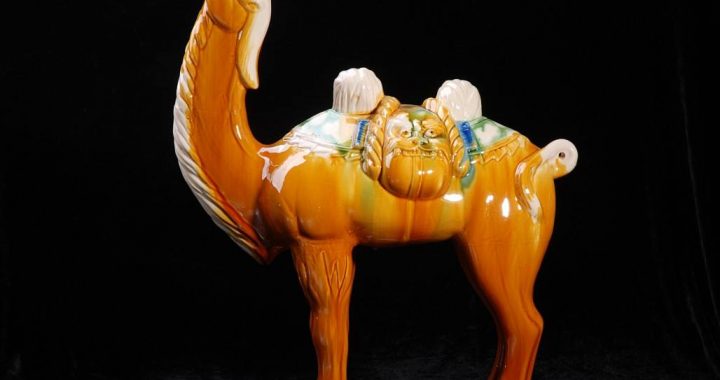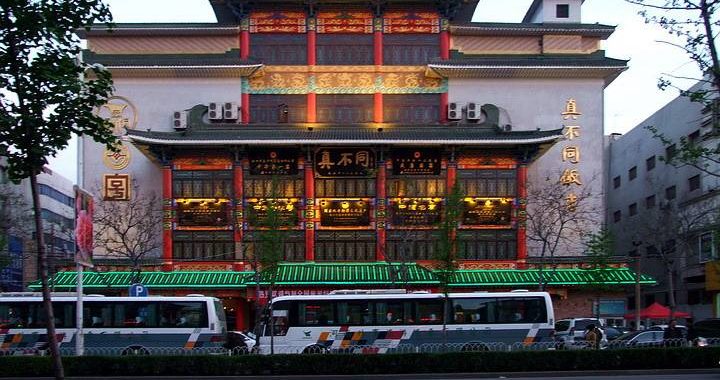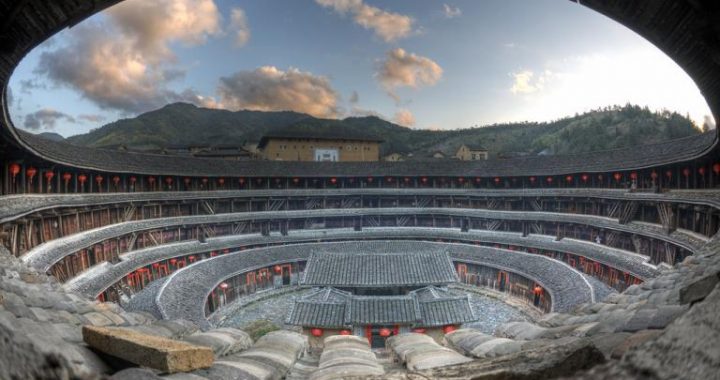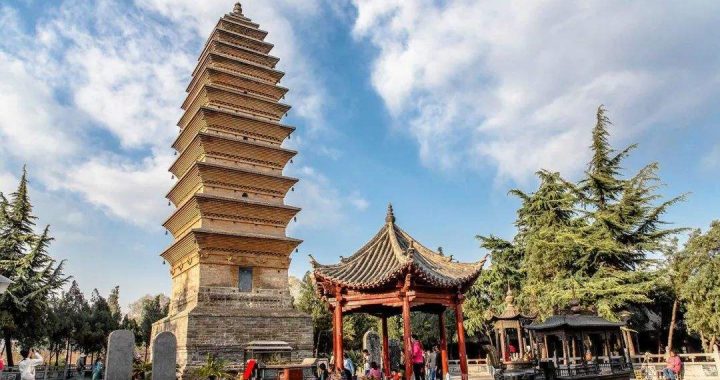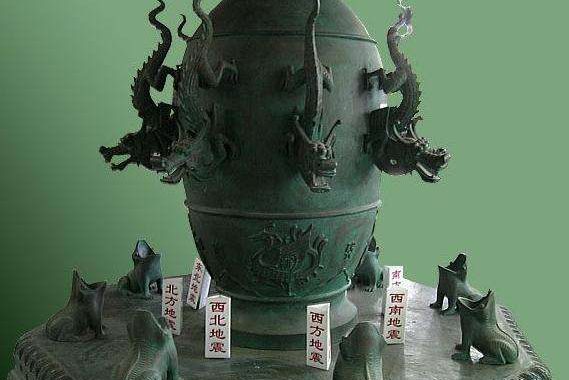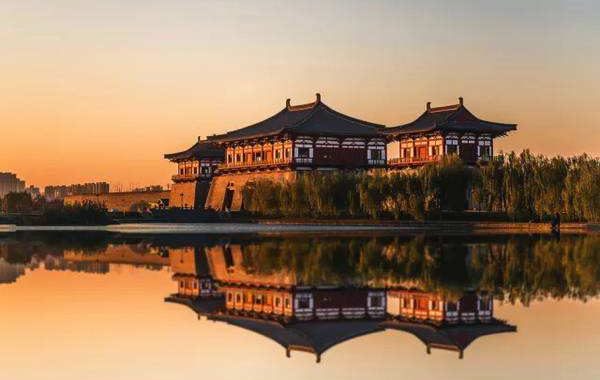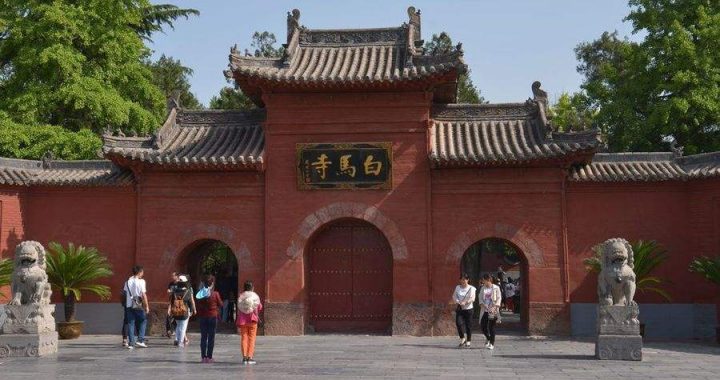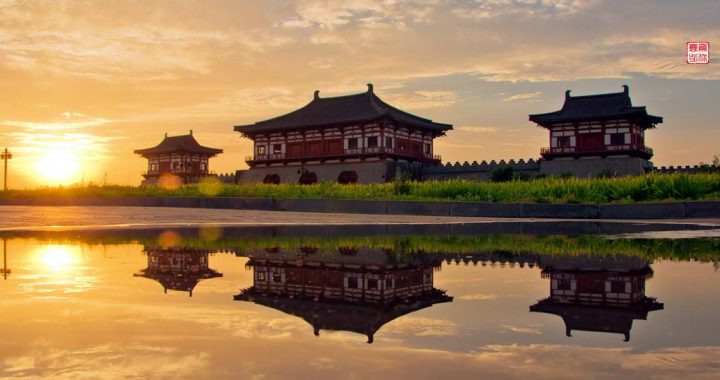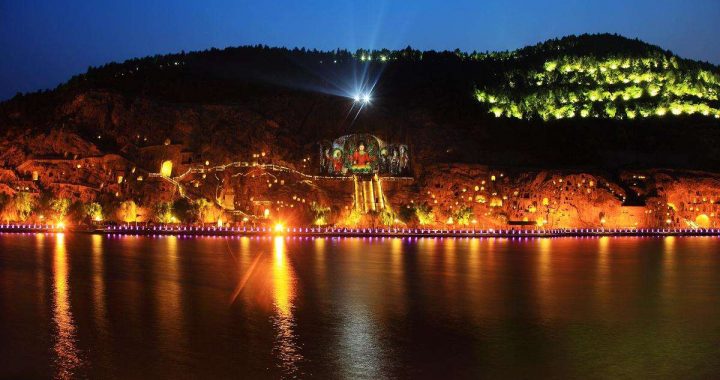The Development of Private Gardens in Luoyang and The Celebrated Gardens
8 min readIn the Northern Song dynasty, private gardens were pluralized in Luoyang, the west capital. There were a large number of private gardens at that time. In The Celebrated Gardens in Luoyang, Li Gefei introduced nineteen private gardens, which were reconstructed upon the premise of the manors and gardens founded in the Tang dynasty. However, the layouts of gardens had changed a lot and possessed their own characteristics. Comparatively speaking, the private gardens in the Northern Songdynasty were different from those of previous dynasties. At that time, the garden landscape was isolated from the residential area. Gardens were only for their owners and families to relax bodies and minds, enjoy pleasant scenery, and hold feasts.
1) Flower garden type
There were three gardens recorded in the Celebrated Gardens in Luoyang,i.e.
Tianwang Flower Garden, the Guiren Garden, and the Renfeng Garden of the Li Family.
Tianwang Flower garden-a garden with only peony cultivated No ponds. No pavilions. There were only a hundred thousand peony plants in the Tianwang Flower garden. When peonies bloomed, the garden was very attractive. It is rare to see such a garden, which was built only for appreciating flowers.
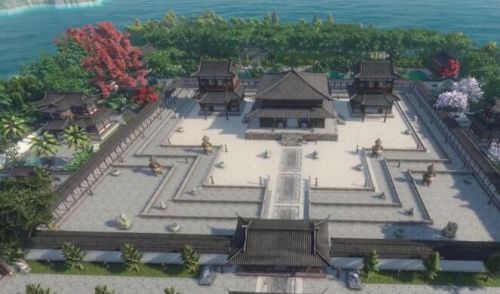
Guiren Garden-a garden with all sorts of flowers
The garden was possessed by a prime minister named Niu Sengru in the Tang dynasty and later belonged to Li Qingcheng,a head of the Palace Secretariat in theSong dynasty. It was constructed in the urban area, in which there were varieties of flowers, trees, and other plants. This garden is different from the Tianwang FlowerGarden. In the latter, there were only peony flowers. When the flower season ended, tourists would not visit the garden anymore. However, in Guiren garden, there were various types of flowers, which bloomed in all four seasons of a year, and thus the garden got a name-a garden with all sorts of flowers.
Renfeng Garden of the Li Family-a garden densely covered by flowers and trees The Renfeng Garden of the Li Family was a typical flower garden. The garden possessed both all the famous and precious flowers locally born and bred in Luoyang, and hundreds of other beautiful flowers introduced from the other places. According to the record concerning this garden, since the Song dynasty, people more often adopted grafting techniques to create new breeds of flowers. It is a great achievement in the history of Chinese gardening.
2) Recreational garden type
There are ten recreational gardens in Celebrated Gardens in Luoyang, namely West Garden of the Dong Family, East Garden of the Dong Family, Garden of the Liu Family, Congchun Garden, Songdao Garden, East Garden, and Garden of the Zhang Family, etc.
West Garden of the Dong Family: an imitation of the nature The West garden was designed by imitating the natural landscape. It made full use of the woods and mountains in the area; meanwhile, the mild ups and downs on theground helped build obstructive scenery which avoided exposing everything in front of the visitors.
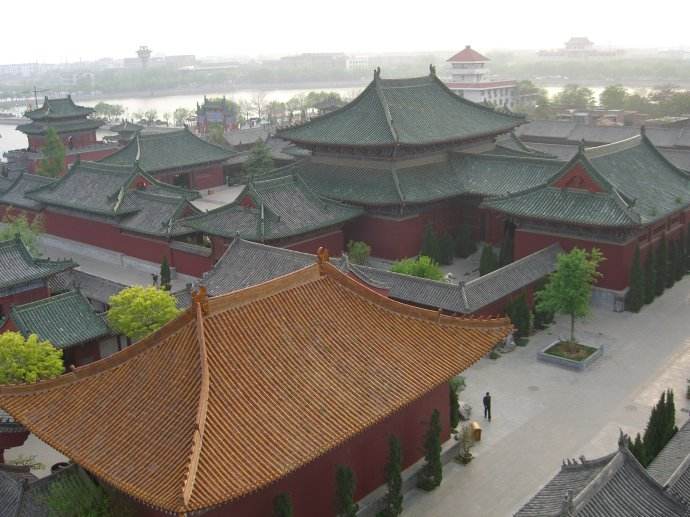
Standing on the terrace in the center of the garden, one can take a brief view of its major scenes. To the west of the terrace, there was a thick bamboo grove, in deep of which lied a stone lotus flower with a cool spring beside it. Walking along the path, one could reach an area with pools of rippling and clear water. This arrangement let tourists suddenly see the light while moving from a seeming closed area to an open ground. Therefore, the garden embodied a profound artistic conception East Garden of the Dong Family: an entertainment park of songs and dances The East Garden was a garden offering song and dance performances and other entertainment activities. Its major scenes include a giant ancient tree and a bigpond in the west. Around the pond, water from fountains sprayed like waterfall and never run off the pond. It is evident that the design of the water garden was really outstanding among its type.
Garden of the Liu Family-a garden reputed for its architecture The Garden was reputed for its superb architecture. Its cool hall had a very appropriate proportion. In the first section of the garden, there were storied buildings laid horizontally and halls built vertically. Rooms facing the principalrooms were connected by corridors. All these are integrated with trees and flowers so as to form a complete architecture unit and finally a charming garden.
Congchun Garden with a greenery configuration borrowed from the western horticulture The Garden was constructed with a greenery configuration borrowed from the western horticulture. Trees were all planted in rows and lines. This layout was really rare to see before the Song dynasty and, even in Luoyang, the west capital; this garden was the only one of its type. Trade and exchanges with foreign countries were popular and frequent in the Tang and Song dynasties. Therefore, it was quite natural that people at time could introduce the western greenery layout to classical Chinese gardens.
Songdao Garden-a primitive, rustic and tranquil garden The Garden (an isle of pine trees) acquired its name for its possession of a large number of old but vigorous pine trees. These trees had lived for several hundred years and became a salient feature of the garden. The most impressive pine trees are the twins standing at the southeast corner. Besides, there were also pavilions with roofs covered by thatch; near it, bamboos were planted. This primitive and rustic arrangement greatly influenced the construction of the modern Chinese gardens and set a good example for the modern garden builders.
East Garden-a beautiful water scene garden
The Garden was situated in the east of the Luoyang City. The soil was infertile, but there existed a vast sheet of water, where boats just made it like a wide river or a huge lake. Hence, the East garden was built mainly with waters. The two majorconstructions were the Yuanying Hall and the Sheshui Hall. And between two halls named Xiangfu and Yaopu exhibited water rockeries, which demonstrated the innovation of techniques in piling rocks and arranging waters. To use water rockeries between two halls made the scene natural and added the variety to the garden. Combining architecture with water scenes, the East Garden adapted itself to the local landform and created a spectacular water scene garden.
Garden of the Zhang Family in Zijingtai
The Garden borrowed the landscape of a lake and led its water into its site.
Four pavilions were built for tourists to enjoy the sight of the surroundings. It was an excellent entertainment park.
Shuibei Garden and the Garden of the Hu Family-gardens like well-composed pictures These two Gardens were about ten steps apart. Established on its natural terrain, the two gardens had caves dwellings built along the Wei River. When opening the window, one could look out at the view in distance-thick wood, tall buildings, corridors and waterside pavilions, now appearing, and then disappearing in mist. One could also take a close watch at trees and flowers close to them. There were attractive landscapes to enjoy almost everywhere in the gardens. Only when a garden is integrated with its natural surroundings can it achieve the ideal,i.e. divine creation; therefore, these two gardens became superb landscapes in Luoyang City for their apposite utilization of the natural resources which had saved the man-made effort.
Single Pleasure Garden-a garden imparting poems and existing for poems The Garden was a small garden containing a Fishing Hut and Herb-picking Parterre. Bamboos and bushes added a touch of wildness to the garden. Sima Guang (a minister and historian then) used to write poems to praise pavilions in the garden; later, the poems were imparted and the garden was known by more people. That is why this garden is said to be a garden imparting poems and existing for poems.
Luwenmu Garden-a unique garden
This Garden had two salient features. First, it utilized the natural water system and thus bamboos thrived and water became clean and clear. Another feature was its architecture pattern,i.e. three pavilions with one bridge. Since such a combination would easily make the most important scene in a garden, it was frequently adopted in garden-making activities and became a good style followed by other gardens in the Song dynasty.
3) Residential garden type
There are six residential gardens in Celebrated Gardens in Luoyang, namely Fuzheng Park, Circular Stream, Garden of General Miao, Dazi Temple Garden, Lake Garden, and Zhaohanwang Garden. Among them, there are little records about the last one, so is not covered in the following introduction.
Fuzhenggong Garden-a garden divided by different landscapes The salient feature of the Park is its divisions by different landscapes. In the site, there arranged the beginning, the climax, and the closing of the landscape. Each division had its own feature: tranquil path leading to the deep end, bright halls like the Hall of Four Seasons, and the plum terrace made up of marvelous views. Different arrangement in each division created a unique artistic effect. The space was cut into different dimensions and varied dramatically; as a result, with rock valleys and hidden mountains, the garden achieved the highest aesthetic ideal, i.e.a divine creation.
Circular Stream-a garden reputed for the water landscape It is reputed for its water landscapes. Pavilions, terraces, windowed verandas were constructed along or around waters in garden. There were rustling streams when the channel was narrow and ponds of ripples when water naturally accumulated. The whole garden was made up of water landscapes with streams and ponds. Besides architecture, there were green plants adjacent to the water, most of which are pine trees and plum trees. Tents were built on the ground between trees and flowers so that tourist could enjoy the beautiful scenery in a comfortable way. From this, onecan assume that the designer was careful and considerate. The Circular Stream made full use of the technique named “borrowing landscape”. In the south were peaks rising one higher than the other, which was natural prospect in distance. In thenorth were the palaces and imperial buildings constructed in the Tang and Song dynasties. Hundreds and thousands of houses were erected for more than five kilometers. Waters, mountains, architecture were all captured in one sight when one stood in the garden.
Garden of General Miao-a natural and appropriately arranged garden This Garden used to be a dwelling place of Wang Bo,a chancellor in the Tang dynasty. The water landscapes were laid appropriately and played a major part in the whole garden. Pavilions, verandas and bridges were built around ponds while streams run up and down the ground. The old objects and ancient pines trees enhanced the garden’s beauty Dazi Temple Garden-a perfect combination of gardens and houses This Garden, built in the Tang dynasty, was one of Bai Juyi’s dwelling places.
There were thick bamboo groves and abundant water. The garden stood out of all the other gardens for its special mark-water and bamboo. The layout combining gardens and residence became very common later in the Ming and Qing dynasties.
Lake Garden-a garden designed around lakes and ponds This garden was the residence of Pei Jingong in the Jin dynasty. Generally, it was water scene garden since ponds and lakes were its highlight. In the middle, there was an islet, on which a hall was built. To the north of the lake, another hall with four chambers faced the one in water. To the west of the lake, there buil a pavilion named as “greeting the twilight of sunrise”. No matter on the islet of the lake or on the bank, one could see the other scene as they echoed each other over the water, and meanwhile, it made a good balance in the layout. Another feature of the Lake Garden is its emphasis on both dynamic and stationary effects produced by the landscapes.This extraordinary design is still brilliant in the making of garden in present-day.
